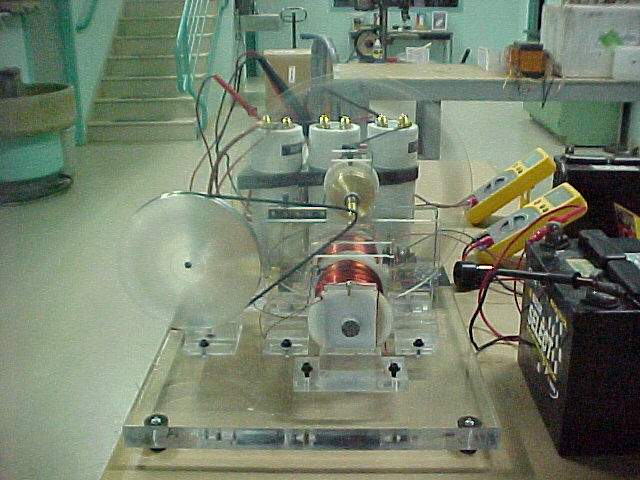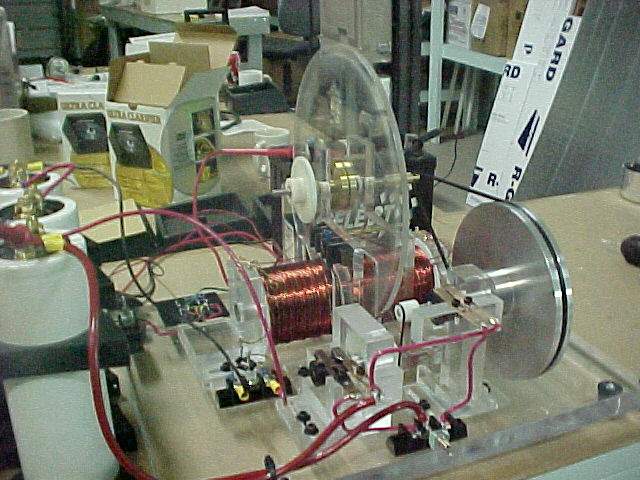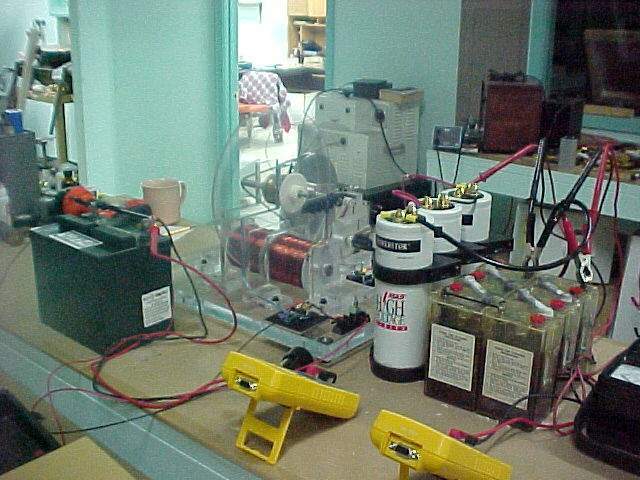Hi Turion,
Am interested to know what the black material is that you have used for your rotors.
Also the white material for the 4 main body supports which make up the motor where the coils fit in.
Thank you for your help.
Am interested to know what the black material is that you have used for your rotors.
Also the white material for the 4 main body supports which make up the motor where the coils fit in.
Thank you for your help.




Comment